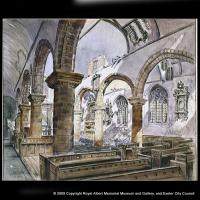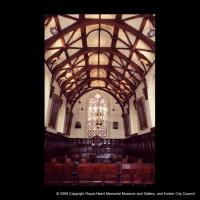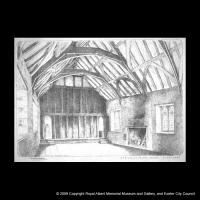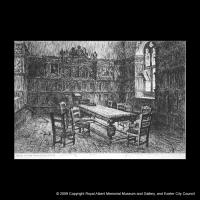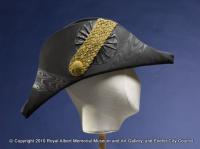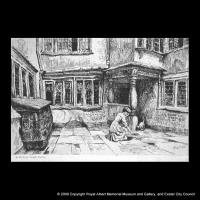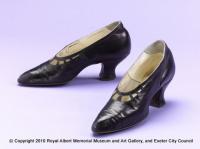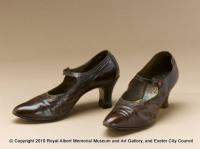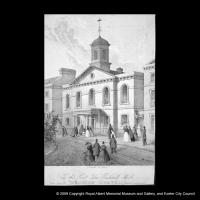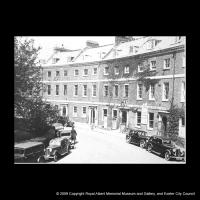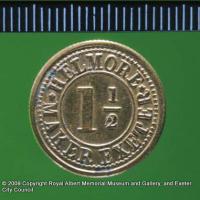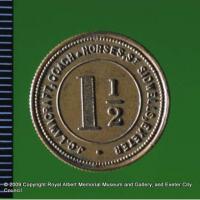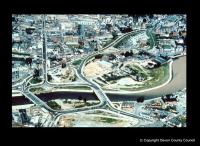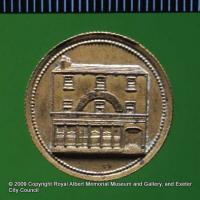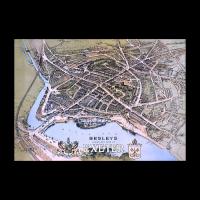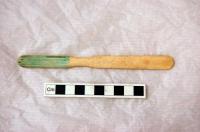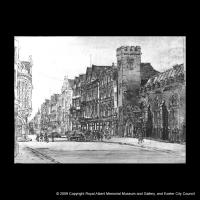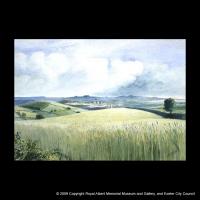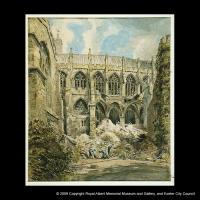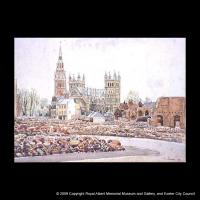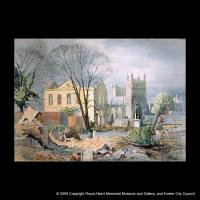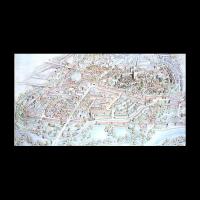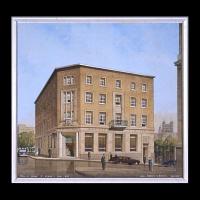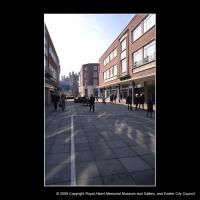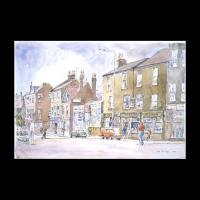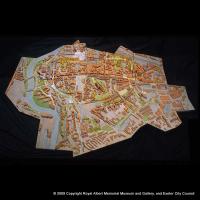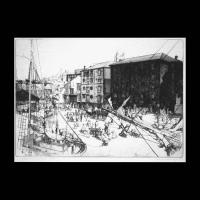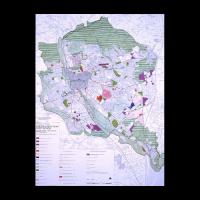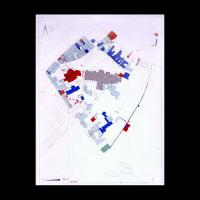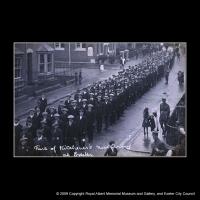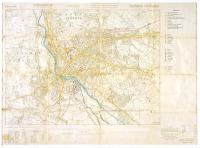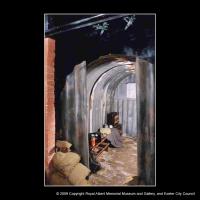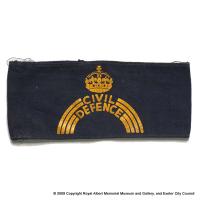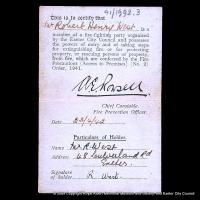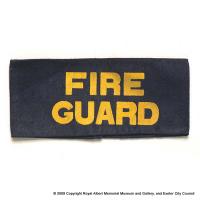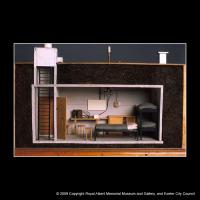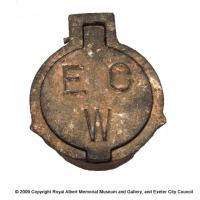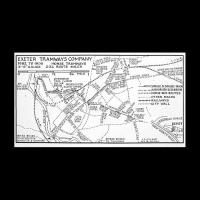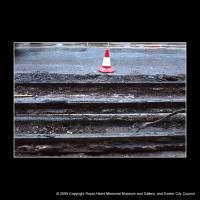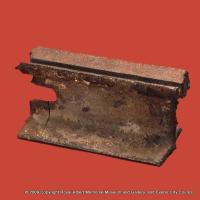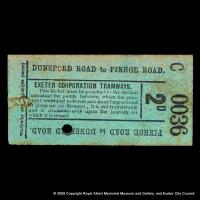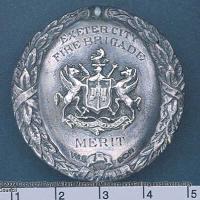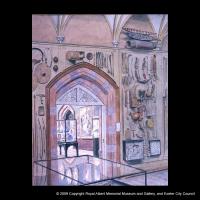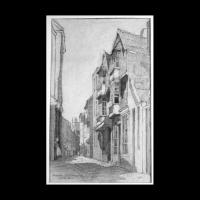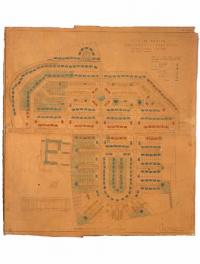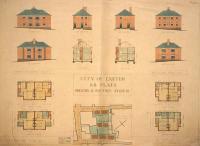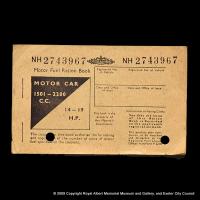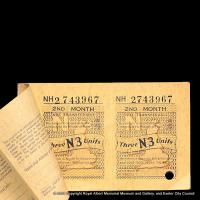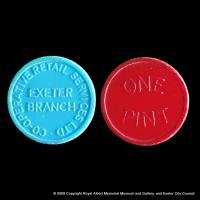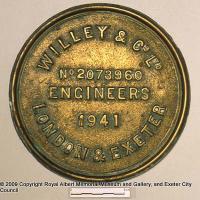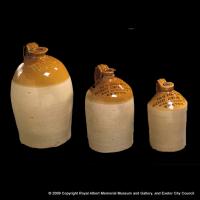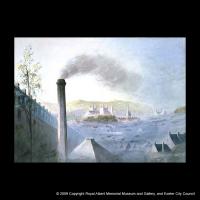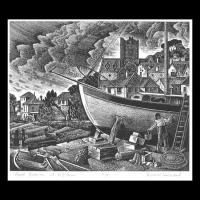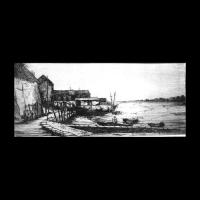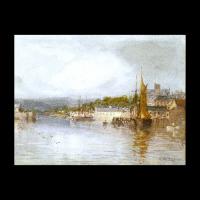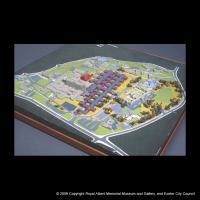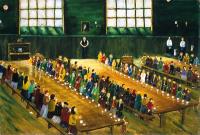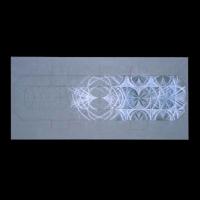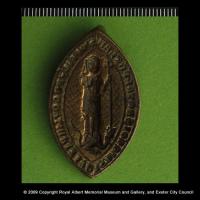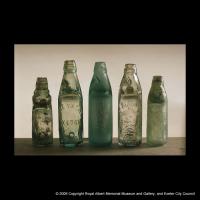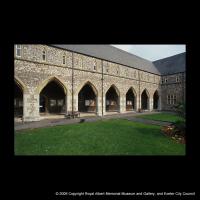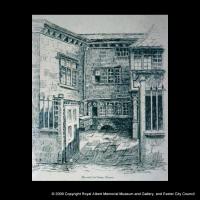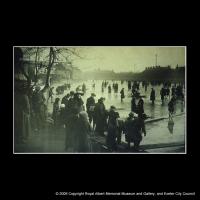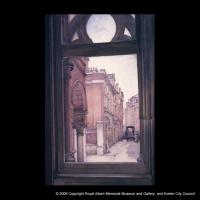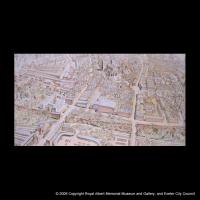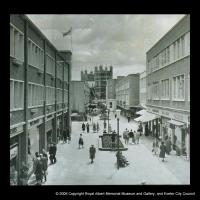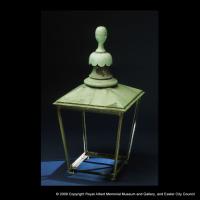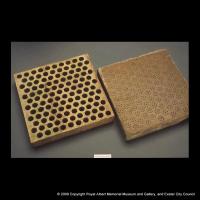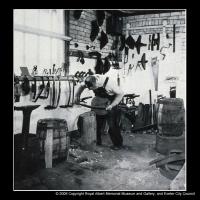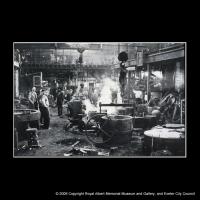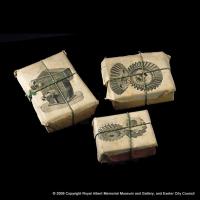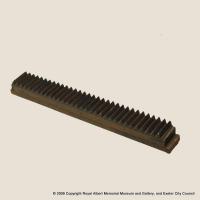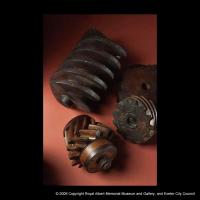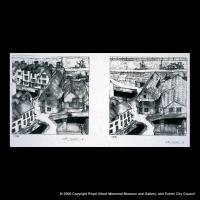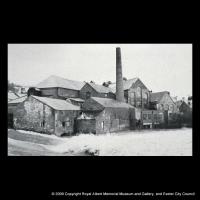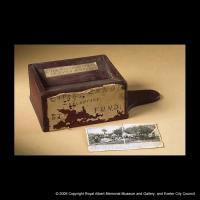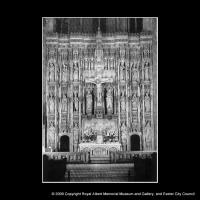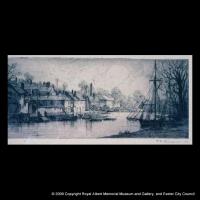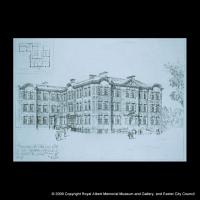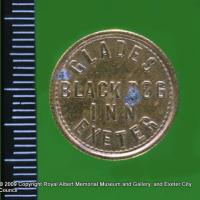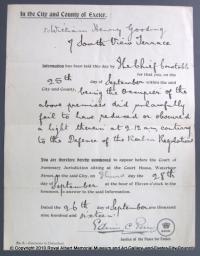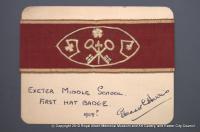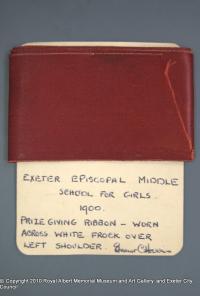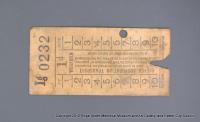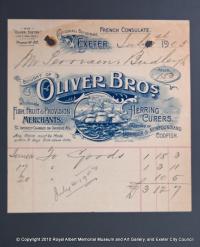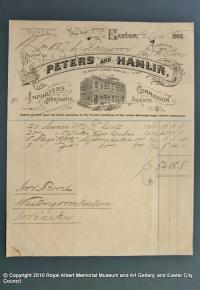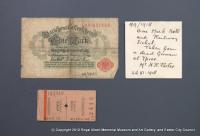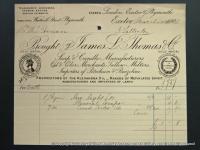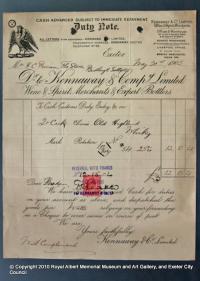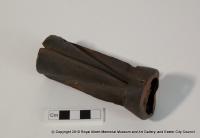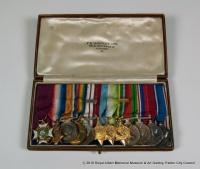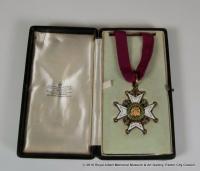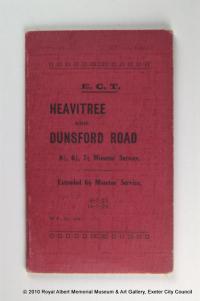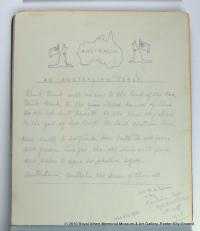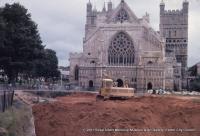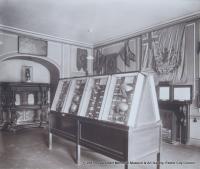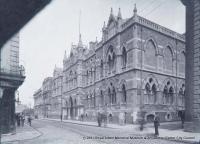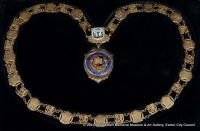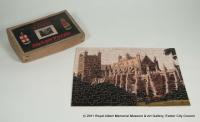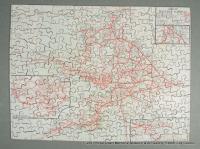Modern City [1901 - today]
Back to Time Periods-
In 1900 Exeter still occupied about less than a third of the area of the modern built-up city. The growth has reflected a number of major social changes. Parts of the city centre, most famously the West Quarter, remained places of very serious poverty and disease until public housing schemes finally cleared them in the 1920s and 30s, building new estates on the outskirts of the city. Suburban growth, swallowing up the old villages of Alphington, Exwick, Whipton, Heavitree and Pinhoe, has followed.
Even after the First World War many of Exeter’s industries were still packed into the old decaying areas at the city centre, beside the river. Their removal, allied with industrial expansion, lay behind the creation of industrial estates at Marsh Barton and Sowton.
Another theme has been the renewal of the city centre. Following the extensive bomb damage of 1942 much of the city was rebuilt in fairly uniform post-war style. Major city centre projects followed in the 1970s and subsequently, some responding to the needs of modern shoppers, others among to make more attractive the remaining historic parts of the city.
-
In 1900 Exeter still occupied less than a third of the area of the modern city. Some parts of the city still contained very poor homes; public housing schemes cleared these away in the 1920s and 30s. New estates were built on the outskirts of the city, swallowing up the old villages of Alphington, Exwick, Whipton, Heavitree and Pinhoe. In May 1942 bombing raids left many historic buildings and homes destroyed. Over the next few decades much of the city was hastily rebuilt, leaving modern Exeter with its distinctive mix of new and historic buildings.
-
After the devastation of the World War II, Thomas Sharp, the town planner, drew up proposals for rebuilding Exeter. They were published in his book Exeter Phoenix (1946). Sharp envisaged a ‘green moat' surrounding the city walls, outside which traffic would be carried by new streets by-passing the centre. He hoped to knock down the museum and replace it with a post-war building, reflecting the low esteem in which Victorian architecture was held in the 1940s. His ideas on this side of town largely failed to materialise.
-
In May 1942 bombing raids left many historic buildings and homes destroyed. Over the next few decades much of the city was hastily rebuilt, leaving modern Exeter with its distinctive mix of new and historic buildings.
-
The cathedral suffered a single direct hit during the Blitz of 1942, when the chapels flanking the south choir aisle were demolished. Fortunately the Bishop's Throne, a masterpiece of medieval woodwork which stood in the choir, close to the site of the blast, had been removed at the outbreak of the war.
-
For the first part of the 20th century Exeter continued as a place of industry and crafts, with important iron foundries and brickworks, and a wide range of smaller enterprises including an Art pottery. Today many of these industries have been replaced with modern industries but the city remains a regional centre.
- The twentieth century saw many changes for everyday life. Most notably in the city areas which were filled with overcrowded and derelict housing were demolished and replaced with grand housing schemes for modern living.
-
The modern city has seen many improvements to health and medicine, including the building of new hospitals.
-
Like many modern cities Exeter is thriving with trade from across the world.
-
Photographic records provide an interesting insight into dress in the modern city.
-
The twentieth century saw the development of education and learning in the city, with the establishment of the university and the museum.



